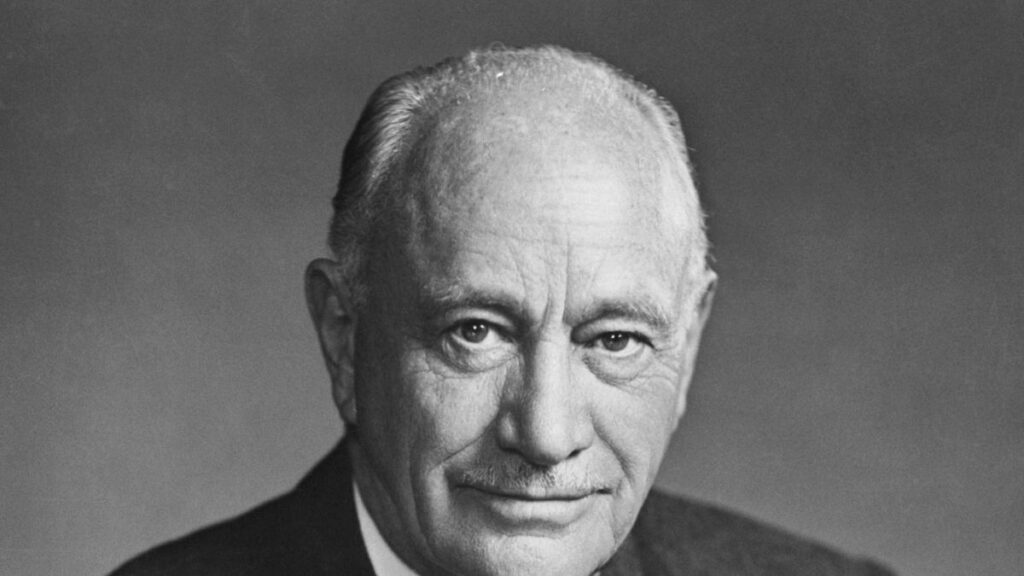In a world dominated by fleeting trends and ever-evolving digital narratives, companies need to be more than just present; they need to be impactful. Gen Z, with its discerning taste and digital prowess, is setting the pace, and it’s time for companies to tune in.
Content Marketing vs. Thought Leadership: Understanding the Nuances
Content marketing and thought leadership, though intertwined, have distinct identities in the digital marketing realm.
- Defining Content Marketing: At its core, content marketing is about creating and disseminating valuable content tailored to resonate with a specific target audience. It’s the lifeblood of the digital marketing realm, akin to that friend who always has an engaging story or anecdote to share. The primary objective? To attract potential consumers and retain existing ones by offering them relevant, actionable information. The Aberdeen Group’s research underscores its importance, suggesting that companies prioritizing content marketing experience enhanced audience engagement and loyalty.
- The Essence of Thought Leadership for Gen Z: Thought leadership, on the other hand, goes beyond just content creation. It’s about positioning oneself or one’s organization as a luminary in a specific field. Think of it as the reserved yet insightful intellectual at a gathering, the one whose perspectives are eagerly awaited. The goal here is to establish your brand as an industry trailblazer, offering invaluable resources, insights, and guidance to your audience. Edelman-LinkedIn’s study provides a testament to its impact, revealing that thought leadership significantly influences a whopping 90% of C-level decision-makers’ impressions of organizations.
- The Content Spectrum: While content marketing focuses on producing a diverse range of content to attract and retain customers, thought leadership narrows down the spectrum. It’s about delving deeper into subjects, offering insights that reflect expertise and a deep understanding of industry trends and challenges. An interesting observation is the 80:20 rule in thought leadership. It suggests that 80% of the content should be curated from credible sources, while the remaining 20% should be garnished with one’s unique insights and perspectives. This means that thought leadership, in essence, is a refined subset of content marketing, with 80% of it being carefully curated content.
- The Outcome Difference: Many SMEs in B2B organizations invest heavily in producing “marketing content” with the hope of generating leads. However, a significant chunk of these efforts doesn’t translate into tangible business results. The primary reason? A misinterpretation of content marketing as thought leadership. While the former aims to inform, entertain, and engage, the latter seeks to influence, inspire, and establish authority.
- The Perception Paradigm: One of the most significant differences lies in perception. Content marketing is often seen as a tool to showcase expertise, while thought leadership is about being recognized as the authority. It’s the difference between being a voice in a chorus and being the lead singer.
Also read: Gen Z Digital Dialogues: Navigating Beyond Buzzwords
The Imperative of Thought Leadership
In an era overflowing with information, standing out is challenging. Thought leadership emerges as a beacon for companies, especially those targeting the discerning Gen Z demographic.
- Establishing Authority: Renowned industry giants like PwC, McKinsey, and Deloitte haven’t just risen to prominence because of their services. They’ve harnessed thought leadership as a cornerstone of their brand identity. By consistently sharing insights, analyses, and forward-thinking perspectives, they’ve positioned themselves as not just service providers, but as visionaries in their respective fields.
- Crafting a Genuine Brand Persona: Thought leadership goes beyond mere content dissemination. Reflect on the profound impact of Conrad Hilton’s message about shower curtains. On the surface, it was a simple directive about hotel hygiene. But at its core, it encapsulated Hilton’s commitment to excellence and attention to detail. Such insights, shared authentically, help in crafting a brand persona that’s genuine, relatable, and memorable.

- Building Trust in the “Social Age”: Today, everyone has a platform and a voice. In this “Social Age”, authenticity and trustworthiness become paramount. Thought leadership, when executed with sincerity, allows brands to communicate not as faceless entities but as entities with character, values, and a genuine desire to add value. This fosters trust, a commodity that’s becoming increasingly rare and valuable.
- Preempting Challenges: Effective thought leadership is also about foresight. It’s about identifying potential challenges, trends, and shifts in the industry landscape and addressing them proactively. By doing so, brands position themselves as not just reactive entities, but as proactive visionaries, always a step ahead in addressing client needs and industry shifts.
- Differentiating from Competitors: In a market where many offer similar products or services, thought leadership provides an avenue to differentiate. It’s not just about what you offer, but how you think, how you approach challenges, and how you envision the future. This unique perspective can be a significant differentiator, setting you apart from competitors.
In the digital dance of content and thought leadership, understanding the rhythm is essential. For companies aiming to resonate with Gen Z, it’s not just about being seen but being remembered via thought leadership. Dive deep, be genuine, and let your brand’s voice echo in the vast digital corridors.
















